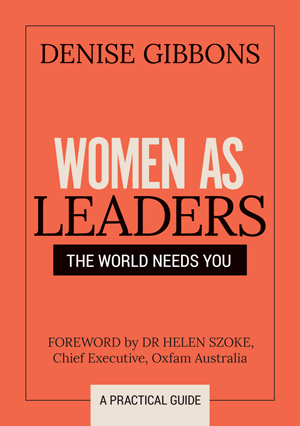The buzz of giving at work – co-operation and collaboration
We all do better when we work together. Our differences do matter, but our common humanity matters more.
Bill Clinton
If E.T. visited earth today to study Earth’s biosphere which of all the species would it identify as differing from the rest? The answer is humanity. Yes, E.T. would definitely want to study us because of the impact we have had on earth.
Humans have colonised virtually every region of the terrestrial globe in several orders of magnitude greater than expected for a mammal of our size. Our language is infinitely flexible, unlike the communication of other animals. We build on pooled cultural knowledge cumulatively from generation to generation unlike any other species.
Now, like most things in life, there is good and bad in this equation as we know. Our global environmental impact is eliciting strong evolutionary change across our biosphere and not necessarily for our health or the earth’s health.
On the other hand, the sharing of knowledge and learning is at levels never-before-seen and my hope is that this increased pooled cultural knowledge will allow us to become better at sharing, caring and co-existing together all around our world. I’m forever hopeful – a very human trait.
I was recently reading an interview with Jay Van Bavel on the Neuroleadership Blog about “How to Create Cultures of Cooperation”. Van Bavel is a social neuroscientist who studies unconscious bias, group identity and cooperation.
This interview was around increasing cooperation in teams in organisations. We know that, unlike the notion of Einstein working on his own, the most impactful outcomes happen with teams of creative people not by a single genius.
The best example of this is in Hollywood and the Pixar team that changed the face of animated film through their sharing of knowledge and critical feedback.
At the individual level, cooperation is challenging because our instinct is self-preservation, so it takes a lot of prefrontal cortex activity to overcome our impulse to be selfish and instead engage in co-operation and collaboration. People who have damaged their prefrontal cortex can’t do it. If you are tired or distracted, the same principle will apply because you may not have the brain power to co-operate or collaborate.
At the group level, Van Bayel says you can increase co-operation and collaboration by building a common sense of identity for the group. If you are co-operating in a group that has a common sense of identity, you have the same reward results as the buzz of giving that I discussed in my newsletter last week. You feel good doing it.
The more you co-operate and collaborate the more automatic it becomes so it becomes easier. You don’t need as much self-control and regulation and you can do it without thinking too much.
Some suggestions from Van Bayel for leaders to create co-operative and collaborative teams in organisations
- Create a powerful, compelling and easily communicable group identity
- State the group identity mantra long and often and in different communication styles.
- Recruit people who are cooperative and don’t hire people with sharp elbows.
- Promote and reward people publicly who show the value of cooperation and collaboration.
- Be role models as leaders for sharing and caring.
- Identify the “super-co-operators” in your teams who can encourage the fence sitters.
- Make certain your financial reward structure is built around group co-operation rather than individual bonus structures.
Don’t forget, my next Women’s Empowerment and Leadership Program is on 8th and 9th November, 2018.


